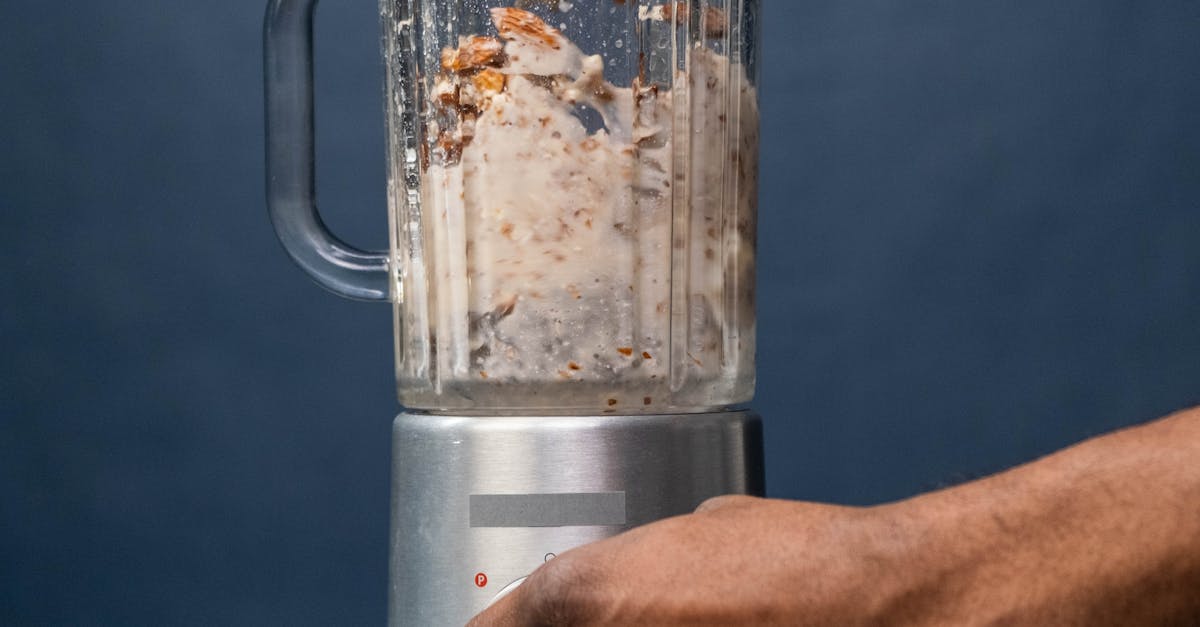# 7 Simple Steps to Make Soft Paneer at Home That Will Blow Your Mind!
Making soft paneer at home is a delightful experience that can elevate your culinary skills and bring the taste of authentic Indian cuisine right to your kitchen. Paneer is a fresh cheese that is commonly used in various Indian dishes, and making it at home ensures that you get the freshest product possible. In this blog post, we’ll guide you through the simple steps to create the perfect soft paneer at home.
| Ingredients | Quantities |
|---|---|
| Full-fat milk | 1 liter |
| Lemon juice or vinegar | 2-3 tablespoons |
| Cheesecloth or muslin cloth | 1 piece |
| Cold water | As needed |
| Salt (optional) | To taste |
Choosing the Right Milk
To achieve the best results, use full-fat milk for making paneer. The richness of full-fat milk contributes to a creamier texture and a softer paneer. Avoid low-fat or skim milk, as they do not yield the same creamy consistency. It’s best to use fresh milk from a reliable source, as this will significantly affect the final product.

Coagulating the Milk
Once you’ve boiled the milk, it’s time to add the acid to coagulate it. You can use either lemon juice or vinegar for this purpose. Slowly add the acid to the boiling milk while stirring gently. You’ll notice that the milk begins to curdle, and the whey separates from the curds. Ensure that you don’t add too much acid at once, as this can lead to a rubbery texture in the paneer.

Straining the Curds
After the milk has fully curdled, it’s time to strain the curds. Place a cheesecloth or muslin cloth over a bowl and pour the curds and whey into it. Rinse the curds under cold water to remove any residual acidity. This step is crucial, as it helps to achieve a milder flavor in your paneer. Gather the cloth and squeeze out the excess whey gently.

Pressing the Paneer
Once you have strained the curds, it’s time to shape the paneer. Form the curds into a block and wrap them tightly in the cheesecloth. Place a heavy object on top to press the paneer for about 30 minutes. This pressing process helps to remove any remaining whey and firms up the texture. The longer you press, the firmer your paneer will be.

Cooling and Storing
After pressing, unwrap the paneer and place it in a bowl of cold water for about 10 minutes. This step helps to further firm up the paneer and cool it down. Once cooled, you can store the paneer in an airtight container in the refrigerator. Homemade paneer can last for about a week if stored properly.

Flavoring the Paneer (Optional)
If you want to enhance the flavor of your paneer, you can add salt during the pressing stage or even marinate it in spices after it’s prepared. This will add an extra dimension to your dishes, making your paneer even more delicious. Experiment with different herbs and spices to find your perfect flavor combination!

Cooking with Paneer
Now that you have made your soft paneer, the culinary possibilities are endless. You can use it in a variety of dishes such as Paneer Tikka, Palak Paneer, or even incorporate it into salads for added protein. The soft texture of homemade paneer makes it a versatile ingredient that can be used in both savory and sweet dishes.

FAQ
How long does homemade paneer last in the refrigerator?
Homemade paneer can last for about a week when stored in an airtight container in the refrigerator. Make sure to keep it submerged in water to maintain its moisture.
Can I freeze paneer?
Yes, you can freeze paneer. Cut it into cubes and store it in an airtight container or freezer bag. When ready to use, simply thaw it in the refrigerator.
What can I do if my paneer is too hard?
If your paneer turns out too hard, it may be due to over-pressing or using low-fat milk. To soften it, you can soak it in warm water for a few minutes before using it in your dishes.
Can I make flavored paneer at home?
Absolutely! You can add herbs, spices, or even crushed garlic to the milk before curdling it to create flavored paneer.
Is homemade paneer healthier than store-bought?
Homemade paneer is often healthier than store-bought as you can control the ingredients and avoid preservatives. Plus, it is fresher and can be made with organic milk if desired.
For more detailed information on making paneer, you can refer to trusted sources like the [Food Safety and Standards Authority of India](https://www.fssai.gov.in) or the [National Dairy Development Board](https://www.nddb.coop).
With these steps, you’re now equipped to make soft, delicious paneer at home. Enjoy your cooking journey!
